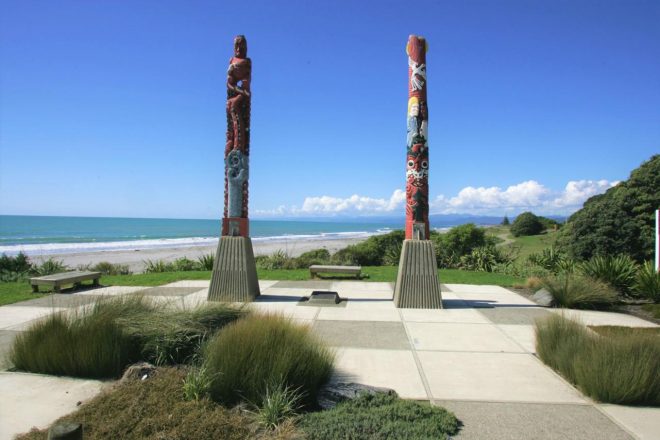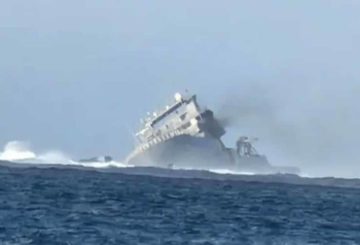Bộ lạc ở Vịnh phía đông của Plenty đã bỏ phiếu chấp nhận lời đề nghị định cư trị giá 100 triệu USD từ Vương quốc Anh, đánh dấu sự chấm dứt gần 30 năm đàm phán.
Việc giải quyết hiệp ước Whakatōhea iwi là một trong những thỏa thuận kéo dài nhất, với lời đề nghị ban đầu 40 triệu đô la bị từ chối vào năm 1996.
Trong đề nghị hiện tại của Vương quốc Anh, được chấp nhận bởi bộ lạc trong tuần này, 100 triệu đô la tiền bồi thường, 5000 ha không gian biển, và sự trở lại của 6000 ha đất, đã được bao gồm.
Một quá trình bầu cử kéo dài sáu tuần đã kết thúc vào tháng trước, kết quả là sáu mươi bảy phần trăm thành viên Whakatōhea bỏ phiếu chấp nhận lời đề nghị.
“Chúng tôi rất hài lòng với kết quả, đây là một kết quả tuyệt vời cho Whakatōhea. Đó là một cuộc hành trình dài từ lần kiến nghị đầu tiên đến Vương quốc Anh vào năm 1887, đến bây giờ đang ở thời điểm giải quyết các tuyên bố lịch sử của chúng tôi, đáng kể nhất là cuộc xâm lược và sự chinh phục đất đai của chúng tôi cách đây 135 năm,” Chủ tịch Ủy thác tuyên bố tiền giải quyết Whakatōhea Graeme Riesterer nói với RNZ News.
Các khu định cư hiệp ước nhằm bù đắp cho những vi phạm trong Hiệp ước Waitangi, ký kết năm 1840 bởi Hoàng gia Anh và Māori, trong đó bao gồm việc mua và sở hữu đất đai.
Trong suốt nửa cuối thế kỷ 19, Māori mất quyền kiểm soát phần lớn đất đai mà họ sở hữu, vi phạm hiệp ước. Điều này xảy ra thông qua các giao dịch không công bằng, thông qua tịch thu của Chính phủ hoặc bởi những người định cư Anh chiếm đất chưa được bán.
Tại quận Ōpōtiki, chính phủ tịch thu 144.000 ha đất đai, buộc các bộ lạc vào các khu vực kém tài nguyên và tạo ra xung đột giữa bộ lạc.
Tòa án Waitangi mô tả hành động của Vương quốc Anh ở Ōpōtiki là “trong số những vi phạm Hiệp ước tồi tệ nhất trong lịch sử đất nước này”.
Tổng giá trị của tất cả các khu định cư đã hoàn thành cho đến nay chỉ hơn 2 tỷ USD.






























































